|
It can be a challenging task for restaurants to ensure a takeout dish measures up to the quality of an in-restaurant meal – even more so in months where the temperatures can reach extremes. Now that off-premise meals of all types are common – from catering spreads to meal kits to single takeout orders – your off-premise transport safety practices may need a tune-up. As the weather warms, double check your safety protocols (and those of third-party vendors) to make sure you’re protecting food in transit. Ensure cold foods are packed so they remain cold, are kept separate from warm foods and beverages, and that you’ve taken steps to avoid the cross-contamination of foods (by wrapping animal proteins securely and cleaning and drying any whole fruits and vegetables included in an order).
Using a tamper-evident seal on your food for delivery is a small way to demonstrate your commitment to food safety – and an extra precaution you can take to protect food that is out of your hands during transit. These labels can serve multiple purposes, so you may be able to make yours work a little bit harder for you. Consider including reheating and handling instructions where needed, nutritional or allergy information, or even branding information such as your website, logo or social media handles on your labels. You can purchase food safety seals at Amazon, we have provided a link below.
If you have managed to keep business coming in during the past year, you have likely made major shifts in how you get your food to customers – by creating a curbside pick-up service, developing and expanding upon your delivery service, or both. Has your food safety plan expanded at the same rate? At a time when off-premise sales represent a commanding portion of overall restaurant sales, your commitment to keeping your food safe for guests can’t stop at your front door. Since your standards may differ from those of other restaurants, determine how you want your particular safety values to come through to customers who are enjoying your food beyond your dining room. Trace the path of your to-go orders and anticipate potential problems: Are you using take-out containers that don’t adequately insulate foods? Not enforcing the wearing of masks on your team during curbside pick-ups? Packing bags of food that could tip over easily while in transit? Neglecting to secure containers with tamper-proof seals? Your safety protocols go far in representing your brand right now. What do your safety methods say about you?
A recent survey of 700 restaurant guests by the restaurant tech company Toast found that restaurant takeout has been more popular than delivery in recent months – and cleanliness is a concern for more people ordering delivery than it is for those ordering takeout. Particularly if you use a third-party delivery provider, customers must not only trust your restaurant staff to prepare and package your food safely but trust the safety of delivery drivers and their vehicles. Promoting your staff’s updated safety procedures – right down to the care your team takes in packaging each order and the minimal handoffs between the chef and customer – could be yet another tactic to entice customers to come to you to collect their order instead of opting for the convenience of delivery.
If you’re new to delivery or are using existing staff to help accommodate deliveries right now, make sure your delivery protocol keeps your staff, customers and food safe. Statefoodsafety.com advises you take some steps to safeguard your practices. First, make sure the delivery vehicle is kept clean and won’t attract pests. Package food securely and keep raw or allergenic foods separate. Use coolers or thermal blankets to keep food at proper temperatures en route. Finally, maintain social distancing when dropping off food to not only protect safety but to demonstrate your commitment to it.
If you’re getting more takeout business right now, is your take-out packaging up to the task? Having the right packaging will help you not only ensure your food arrives in good order, but it also enables you to broaden (or at least not limit) the variety of items you feel comfortable including on your off-premise menu. Safety-seal and clearly label items so customers who are gathering in groups can easily identify their meal in the bag without opening each item first. Finally, at a time when your customers are likely to be ordering more takeout but there has been a decline in the use of reusable cups and containers due to safety requirements, consider the environmental impact of your packaging and lean toward easily recyclable materials.
If takeout meals, meal kits or refrigerated meals to be prepared at home represent a larger percentage of your business right now – or you suspect they will in the future – make sure your packaging and heating instructions have kept up with the changes. Prepare clear cooking and reheating instructions and label your packaging accordingly (and don’t forget to list common allergens). If food can be refrigerated or frozen, include consume-by dates too.
No research has shown COVID-19 is transmitted through food, and the risk of the virus being transmitted on food packaging is quite low. However, some customers may still hesitate to have even distant contact with a restaurant employee or delivery worker at the moment, particularly if they are part of a vulnerable population. Offering menu items in bulk can help minimize personal contact while still attracting business (and controlling costs). Are there items you can offer that can be prepared and sold in large batches, then popped into a customer’s freezer to be enjoyed at various points in the coming weeks? Think baked ziti, lasagna, soups, stews, chili and even comforting treats like cookies and pies.
Amid increasing calls for people to stay home right now, restaurants have to make it clear to customers that they provide safe takeout and/or delivery – and with far fewer interactions than are common at grocery stores. First take stock of how you are keeping your operation and employees safe at the moment, including wearing gloves and masks, disinfecting your POS terminals between customers, offering curbside pickup and taking care to keep your delivery packaging free from contaminants. Transition to accepting only mobile/card payment and if you have an app, add a contactless option that allows pre-payment and enables customers to provide directions for a contactless drop-off. Then make your new protocol clear on your website and social media accounts. Consider posting a short video that takes viewers through the process of getting a takeout or delivery order from you right now. When people are deciding if and where to order restaurant food, it can make a difference.
To date, there have been no reports of COVID-19 being spread via food or food packaging. The main risks of contracting the illness are related to being around people who are infected and then contracting the virus through the respiratory tract – not the gastrointestinal tract. However, you can take steps to demonstrate to takeout and delivery customers that you are doing all you can to prevent the spread of the virus. A new report from the North Carolina State University says take-out and drive-thru food options are a good choice for high-risk groups because they minimize touch points and help maintain social distancing. Offering no-touch/no-interaction delivery can do the same. If customers are concerned about the virus being carried on food packaging, they should take the same steps they would take when handling food packages purchased at the grocery store: After handling takeout packaging and prior to eating, wash hands carefully with soap and water
|
subscribe to our newsletterArchives
July 2024
Categories
All
|
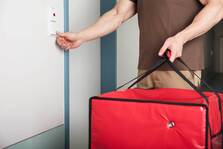
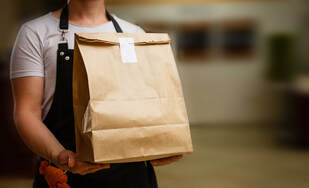
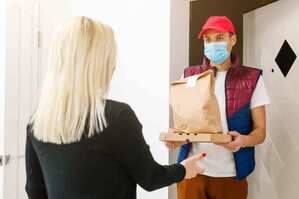
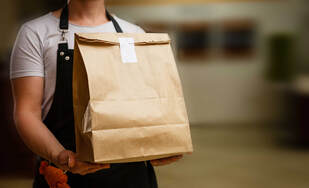
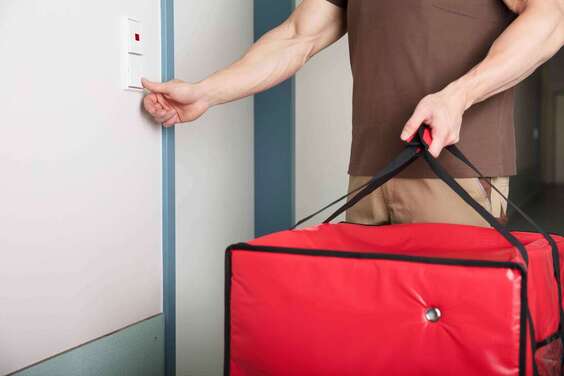
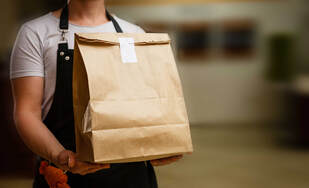
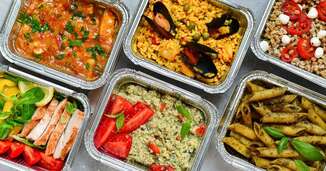
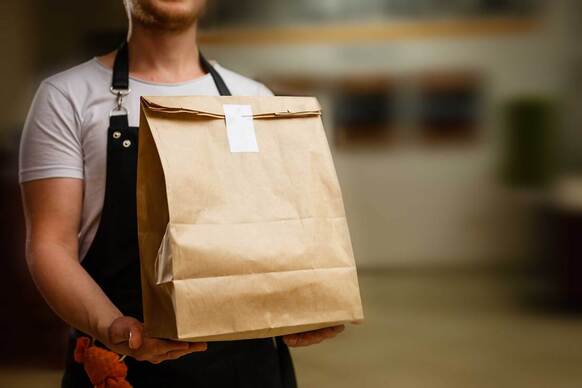
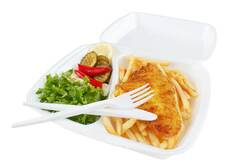
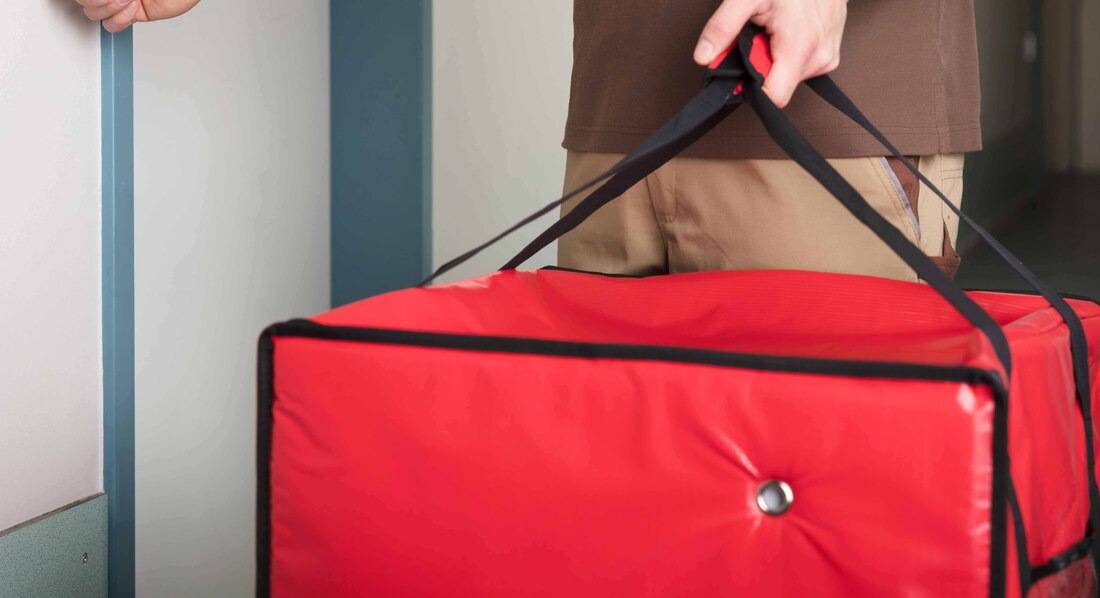
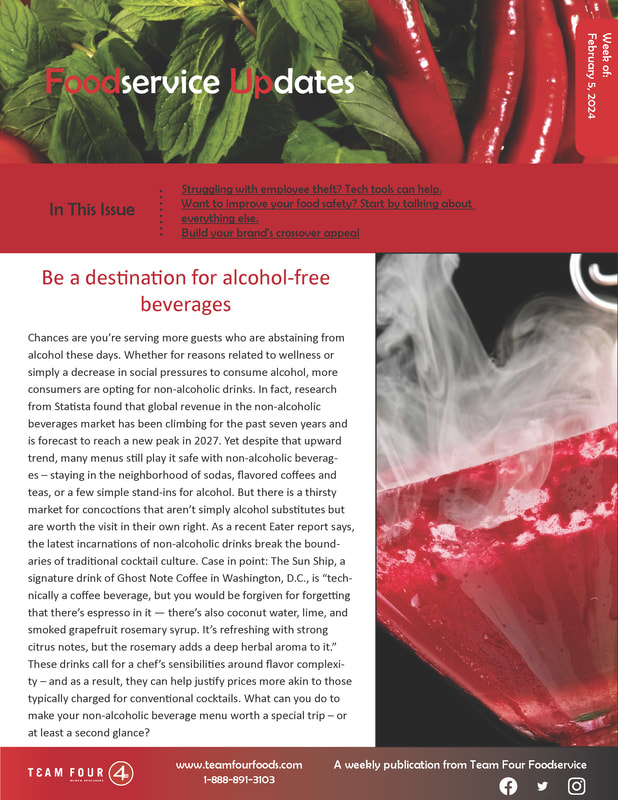
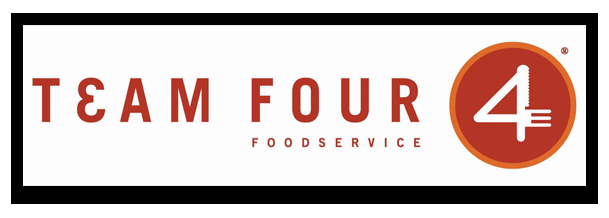
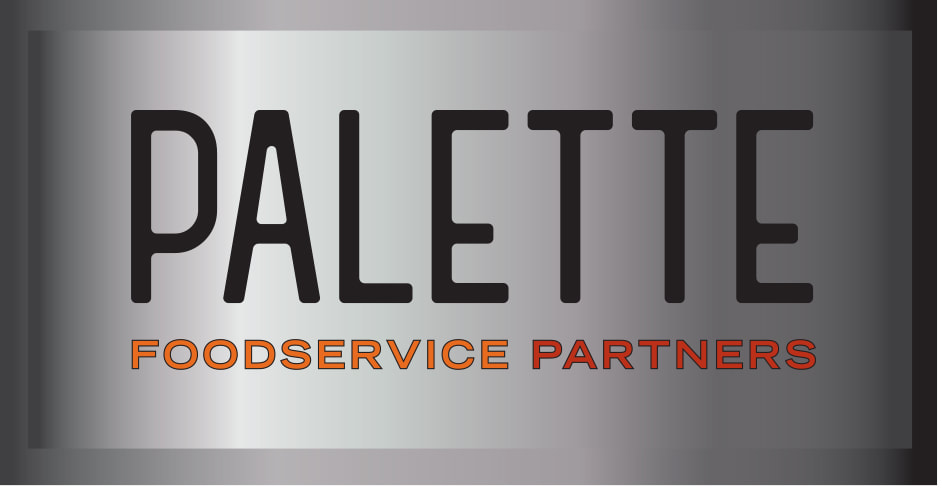
 RSS Feed
RSS Feed